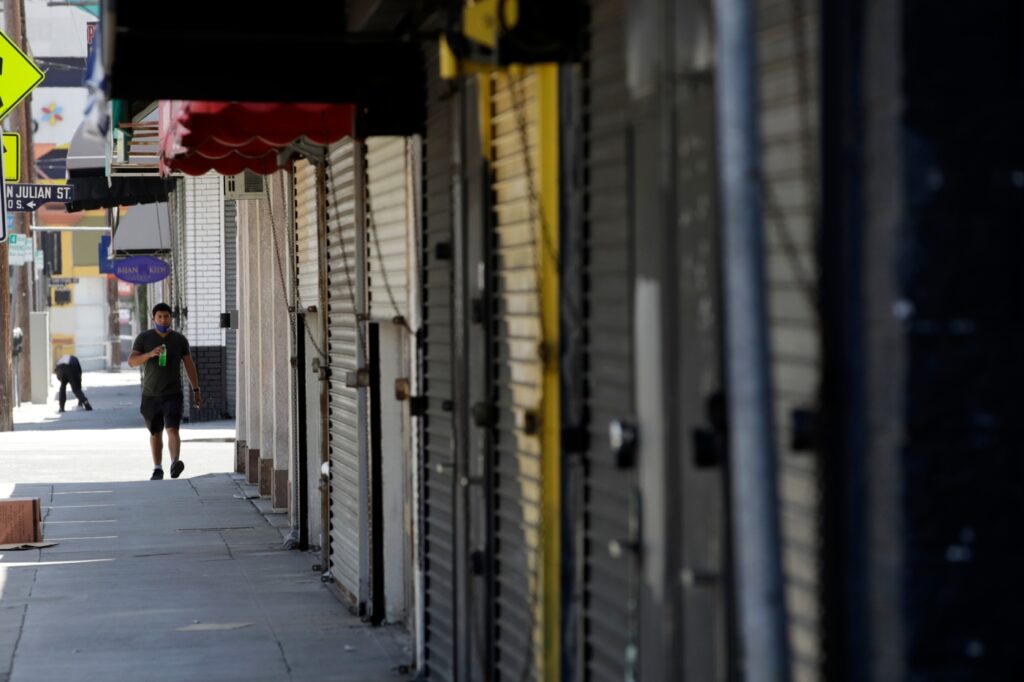
After years of navigating California’s jungle of labor regulations, an $18 minimum wage would be kicking companies while they’re down.
California became the first state to reach a $15 minimum wage this year. Before hitting that mark, a ballot measure was already filed to raise it again to $18 per hour – and keep raising it annually without having to consult voters.
This isn’t just political, it’s personal for so many businesses that will get slammed by this on top of California’s constantly changing labor laws.
In addition to the highest state minimum wage, the Golden State notoriously has one of the most complex labor codes in the country. Regulations ranging from break documentation, bathroom signs, and temperature controls keep employers stuck focusing on a 1,100-page labor law digest instead of plans to grow the business.
Such complex regulations come with their own costs. Employers are required to pay into various funds based on the number of employees they have, and the levies increase every year. For example, every employer pays an Occupational Safety and Health Fund surcharge based on employees’ compensation, and the rate went up more than 255 percent this year compared to last January. Another fee for “labor enforcement and compliance” soared by 212 percent this year.
As minimum wages have increased every year, the dollar amount employers owe in regulatory fees has skyrocketed. The costs keep stacking up and now another wage hike is on the horizon. With each increase, the financial risk of keeping current employees or hiring new people is rising, too.
The situation is so dire, companies headquartered in California have been increasingly fleeing the state in recent years. The Hoover Institution documented twice as many companies on average left every month in 2021 than in the year prior.
While this is a harrowing indicator of the increasingly toxic business environment California has created, it bodes even worse for companies that stay. Major suppliers, such as one California-based steel plant, are closing down. That means raw material supply and costs may go up too as businesses search for new vendors.
As operation costs ramp up on all sides, an $18 wage mandate would be yet another gut punch. Businesses will be forced to adapt their bottom lines to stay in operation.
Increasing automation is one solution: to make a one-time investment in technology to consolidate duties done by several hourly-paid employees. California’s past increases have already forced a shift to automation, and many can’t afford to do much more.
The other alternative is to reduce the number of positions a business offers, by slowing down hiring- or reducing the number of hours or jobs they currently have at a plant.
In recent months, we’ve seen how important it is to have products made here – rather than somewhere where a shipping jam or war can disrupt supply. But California is pricing its workers out of the job.
Related Articles
Santa Ana’s foolish approach to housing construction
Get state community colleges back to in-person classes ASAP
Will France move further toward authoritarianism?
Even if the CDC’s mask mandate made sense, that would not make it legal
Cut cost of living, not more government checks
Don’t just take my word for it: even Wetzel’s Pretzels CEO Bill Phelps, whom I debated on California’s proposal to raise the minimum wage to $15 back in 2018, has said the latest minimum wage hike “squeezed” his business operations.
People like Joe Sanberg – the billionaire bankrolling this $18 per hour ballot measure – may be fine with these regulations chasing away California’s middle class workers while Silicon Valley thrives, but I’m not.
To put out an ideal number and require all businesses to pay up may sound good in theory. But activists fail to consider the rising tides businesses are facing. Pushing the minimum wage even higher could be the final straw that puts California businesses under water.
Tom Manzo is the founder of the California Business and Industrial Alliance.
